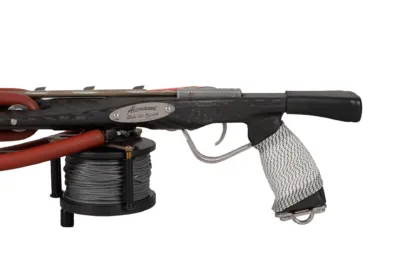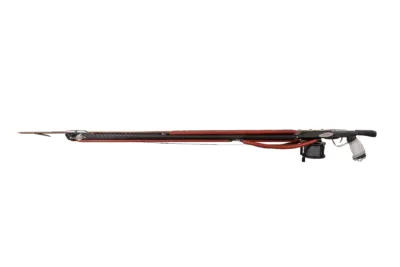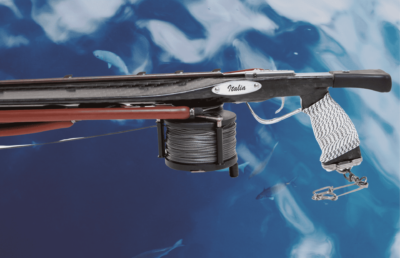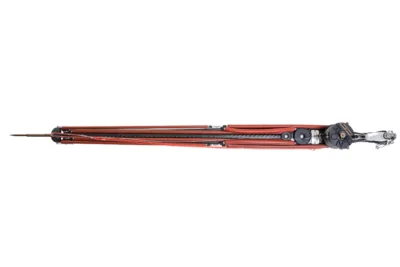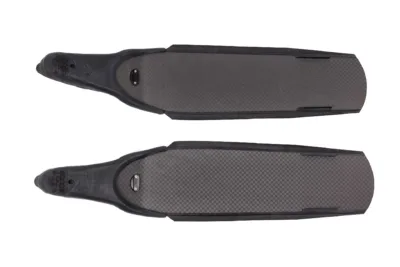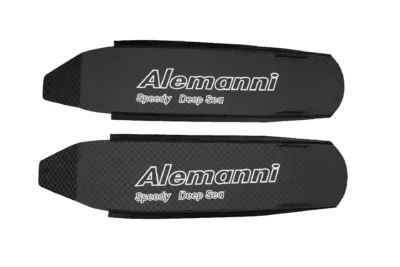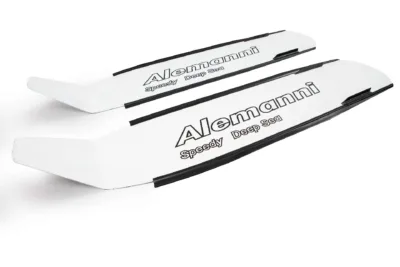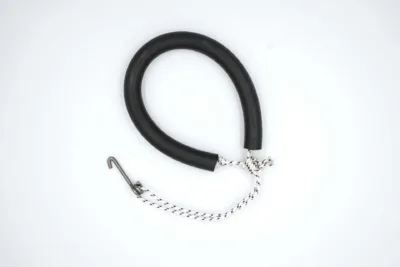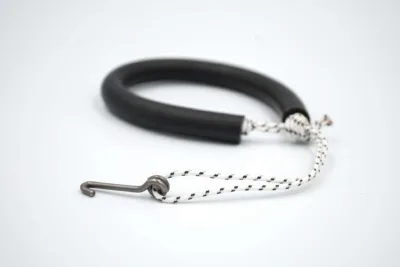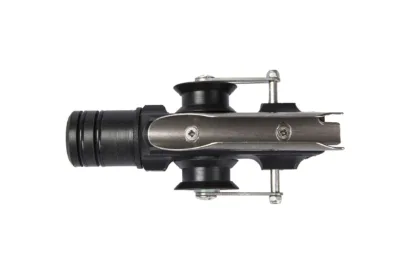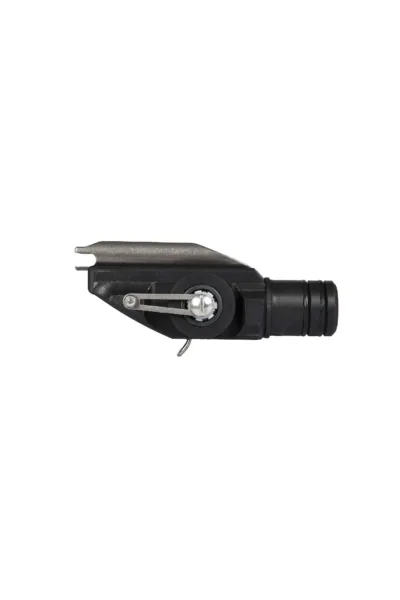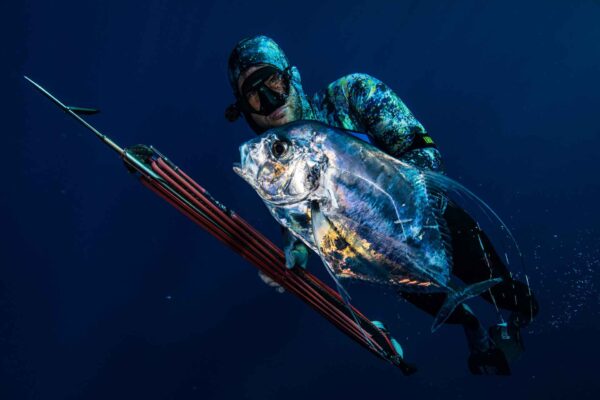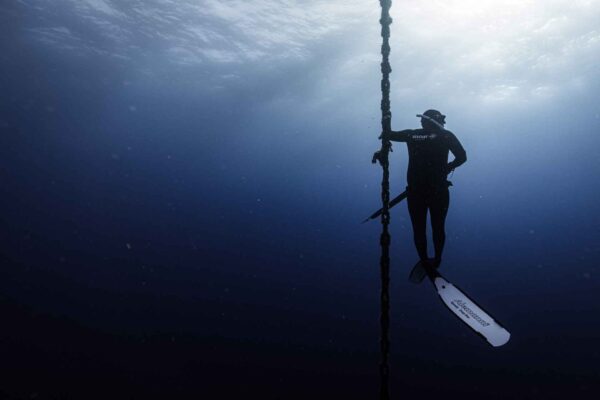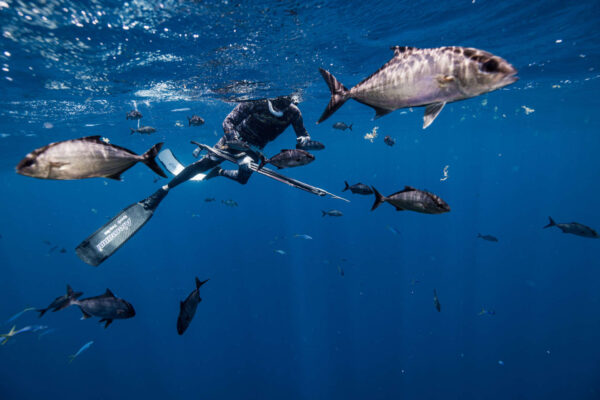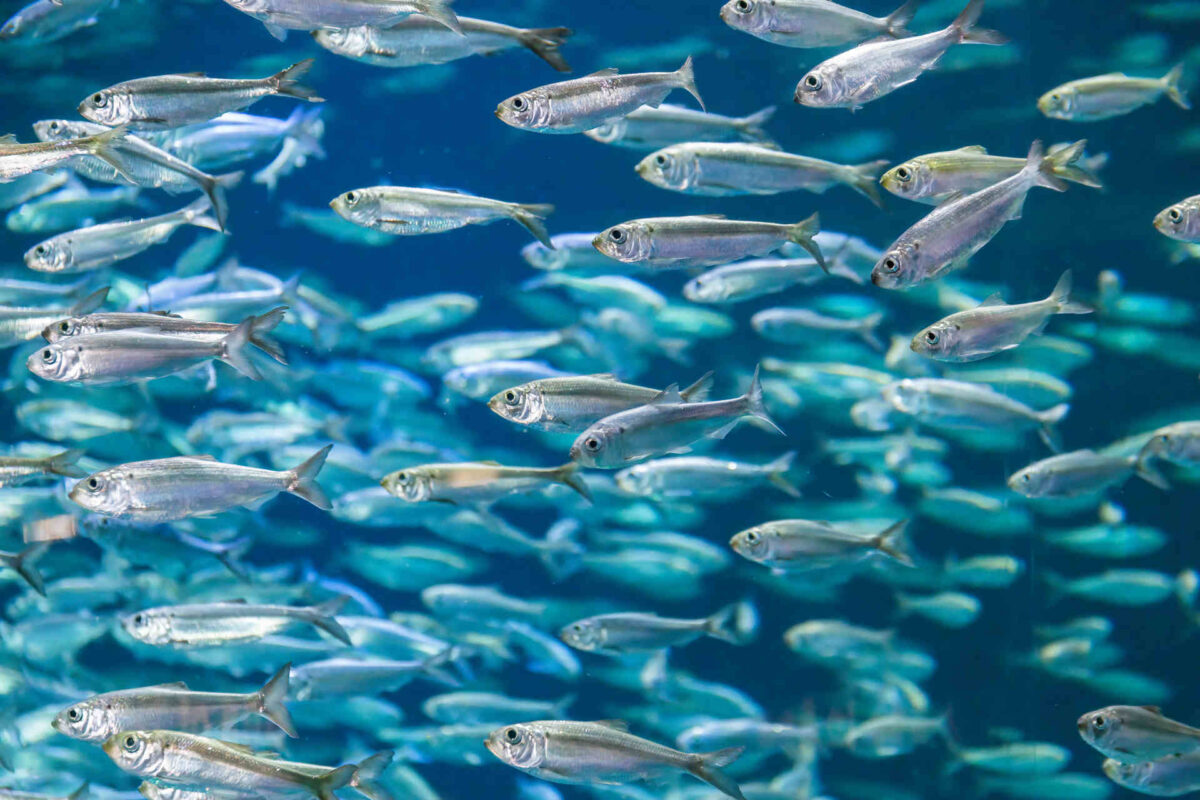Spearfishing and cooking
Seasonality: an important element for the health of the sea
Seasonality: an important element for the health of the sea
They almost live in the Italian seas 10.000 animal species, to which the numerous non-native species that have begun to colonize the waters of an increasingly warm Mediterranean are rapidly adding.
The big biodiversity of our seas is a heritage of inestimable value, which over the years has been the subject of policies and initiatives aimed at protecting the marine environment, endangered by climatic upheavals and the intensity of human activities - among which one cannot do not quote the fishery.
Fishing and biodiversity influence each other substantially, and one of the crucial aspects to take into consideration for sustainable fishing is seasonality: catching a hake or a pink shrimp at the right moment of its production cycle can make the difference for the balance of fish populations.
The impact of fishing on biodiversity in the Mediterranean
Today the Mediterranean is a highly original biogeographical crossroads, and the biodiversity of the Italian seas - from the "little ocean" of the Ligurian Sea to the unique habitats of marshy environments - is amply witness to it.
THEimpact of fishing on such a complex and delicate biodiversity can be decisive, starting from the effects of overfishing, which can cause the decrease and shrinkage of specimens, the modification of population structures, the reduction of reproducers and the decrease in the genetic diversity of species.
Furthermore, strong pressure of this type can influence the reproductive capacity of entire populations: in fact, in fishing the focus is almost always on specimens of bigger size, who are also the reproducers with the greatest chances of success.
Just as the production cycles of small pelagics can influence the abundance of the zooplankton and phytoplankton species they feed on, so the anthropic activities they can determine the flourishing of some species and the degradation of entire marine habitats.
Sustainable fishing: the case of bluefin tuna
A particularly eloquent example is that of bluefin tuna (Thunnus thynnus), which in Italy until not long ago was fished in all seasons of the year with the traditional "tonnare".
As stated in the study The state of fishing and aquaculture in Italian seas published in 2011 by the Ministry of Agricultural, Food and Forestry Policies, in spring and until the beginning of summer "fishing concentrated on reproducers, while in the second part of the summer and in autumn the catches mainly concerned young tuna” and in the winter it mainly concerned tuna which had been present in the Mediterranean for more than a year.
In the years of sushi boom there were no directives and regulations to protect the bluefin tuna and the catch of the Mediterranean has come to exceed, only on Adriatic side, the 1.000 tons in one year.
It took less than a decade to measure the consequences of one fishing without rules. "The situation of the stock", reads the same study, "is still influenced by the massive overfishing that occurred between the end of the 2006s and XNUMX".
Seasonality of fishing: size and age of fish
When we speak of seasonality in the field of fishing, we essentially refer to the reproductive cycle of the fish, which together with the element of migration defines the availability of fish resources at a given time of the year.
Although the industry has effectively eliminated the perception of the phenomenon, too fish have their own seasonality: in the Mediterranean, for example, the reproduction of most species occurs in spring and winter, just after the period in which the availability of phytoplankton and zooplankton is greatest.
For sustainable fishing, capable of protecting the habitats of the Mediterranean and safeguarding fish resources, it is necessary to take into account the reproductive cycle of fish: in this sense, the aforementioned study reads, "it is very important know the size (and age) at which a species reaches sexual maturity.
In the case of sardines and anchovies, for example, the reference is set at around 8 centimetres, and it is no coincidence that the minimum size limit is fixed at 11 centimeters for specimens of the species Sardina pilchardus and at 9 for those of Engraulis encrasicolus, commonly known as anchovies.
Why follow the season when fishing
Following seasonality has effects not only on prices and ease of transport of the catch: in addition to the more obvious manifestations, a catch in line with the reproductive cycle of fish it can have a strong impact on fish populations and be decisive for the fate of future catches.
This can be clearly seen by taking for example the hake (Merluccius merluccius), one of the most numerous species in the Mediterranean as well as the fifth by number of catches in Italy: according to a 2010 SGMED Report, hake also suffered – and this can be seen from the clear predominance of small specimens in the catch of Today.
Fishing is an activity that inevitably interferes with the natural self-regulation mechanisms of ecosystems, which are very delicate and still to be investigated in part: follow the seasonality of the fish, as well as favoring invasive species and those that are not considered vulnerable, means establishing a profitable relationship with the sea and ensuring healthy and abundant fishing for the next few years as well.


